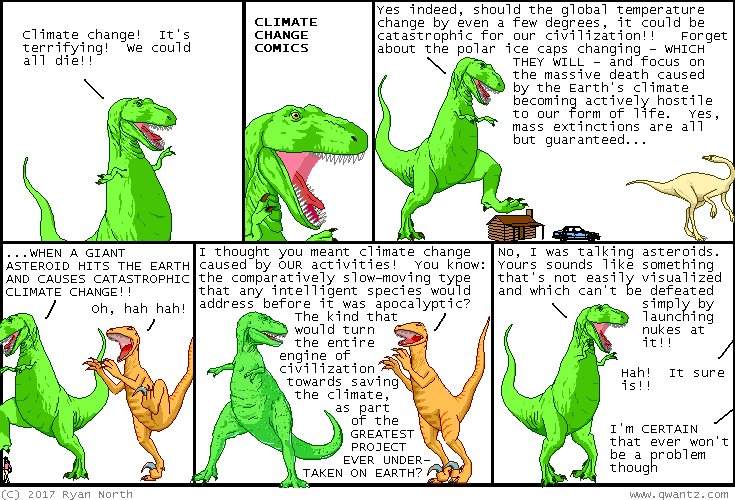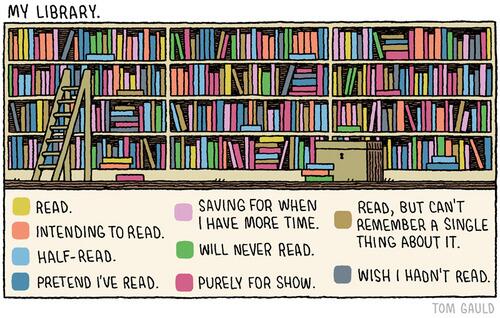Microsoft is deprecating MS Paint. I'm never been a Windows, but on the few times I've had one on a work desk, MS Paint was a cute, useful tool; BMP was a terrible format, but once it could save as PNG or JPG it was fine.
Update 2017-07-27: Paint isn't being killed, but sent to a farm upstate
I'd mock, but oddly OS X has never shipped with a real paint program. The closest is an Xcode sample project Sketch, which IIRC was shipped pre-installed at one time, and you can grab Xcode for free and build (you may have to open the project and set Deployment Target to your OS version, because it'll be too old). And Sketch is just a toy line-drawing program, not a pixel editor. You can sort of draw in Apple Notes now, but don't rely on that, I get terrible results and often lose those sketches.
Obviously, there's plenty of professional software, like GraphicConverter, Acorn, Pixelmator, Sketch - no relation?, Photoshop, etc. I miss Fractal Design Painter, but dislike the way Corel Painter went.
I'm not opposed to leaving this to independent developers, just surprised by Apple not Sherlocking a major application category.

